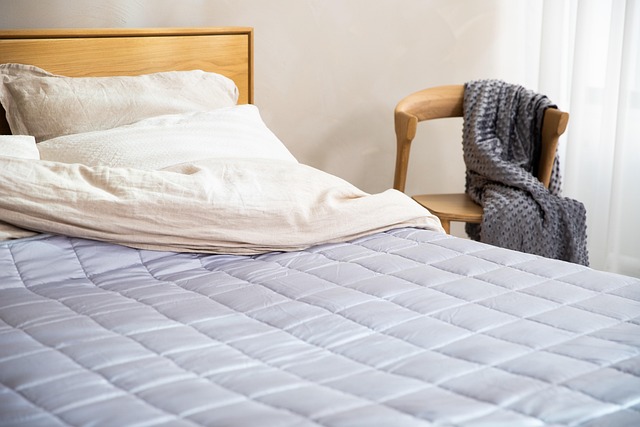Few household concerns spark more unease than discovering bed bugs. They aren’t a reflection of cleanliness, nor do they discriminate between a modest studio or a luxury estate. These tiny hitchhikers are opportunistic and resourceful, slipping into homes on luggage, secondhand furniture, or even the seams of a visitor’s coat. By the time they’re noticed, they’ve often established themselves quietly.
How They Get In
One of the most misleading myths is that bed bugs only invade cluttered or neglected homes. The truth is simpler: they’re travelers. They’ll catch a ride in your suitcase after a hotel stay, nestle into a moving box, or arrive hidden within upholstered chairs from a resale shop. Even high-rise apartments and meticulously maintained homes in Los Angeles have dealt with them, simply because proximity to neighbors and frequent travel provide countless entry points.
Recognizing the Early Signs
Bed bugs are nocturnal and avoid open spaces, so early clues can be subtle. Tiny rust-colored stains on bedding, pinhead-sized eggs in mattress seams, or faint bites in clusters on skin may suggest their presence. The difficulty is that these indicators are easy to miss until the population grows. Routine checks of sleeping areas, especially after traveling, help detect them before they multiply.
Prevention Strategies That Work

Since complete avoidance isn’t realistic, layered prevention is key:
- Be travel-smart: After trips, inspect luggage carefully before bringing it inside. Launder clothes on high heat to eliminate hidden pests.
- Scrutinize secondhand items: A free couch on the curb or a bargain dresser may be more trouble than it’s worth. Always examine seams, joints, and drawers.
- Protect your bed: Mattress and box spring encasements can trap existing bugs and deter new ones from settling in.
- Stay observant: Periodic inspection of baseboards, headboards, and mattress seams can reveal problems early.
Treatment Options
If an infestation is suspected, prompt action is essential. Small problems can spiral quickly. Professional pest control remains the most reliable route, especially when technicians use targeted heat or chemical treatments. For minor encounters, laundering bedding on the highest safe heat, vacuuming with a crevice tool, and sealing cracks where bugs hide can reduce numbers—but rarely eliminate them entirely.
It’s also wise to avoid DIY sprays that promise quick fixes; many push the pests deeper into hiding, making them harder to eradicate. Coordinated steps, often combining professional treatment with homeowner vigilance, deliver the best long-term results.
Final Thoughts
Bed bugs are unsettling, but they’re also manageable when addressed with awareness and persistence. Clean homes are not immune, and ignoring the possibility doesn’t make it less likely. By understanding how these pests enter, practicing consistent prevention, and knowing when to call in help, homeowners can protect their spaces with confidence.
